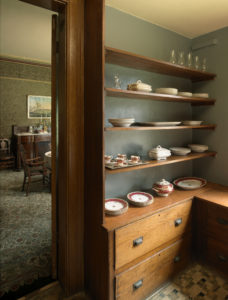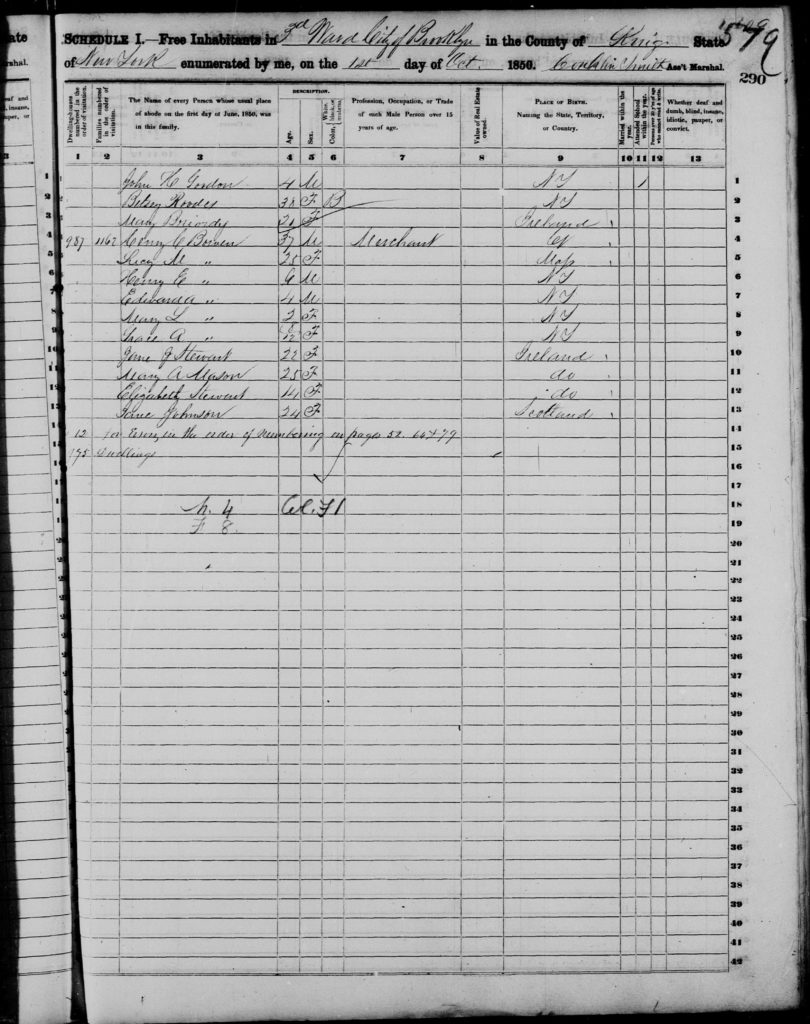 Roseland Cottage
Roseland Cottage
One Hundred Twenty-Two Years of Essential Work

It required a considerable number of people to manage, maintain, and support the Bowen households. Information about the essential workers at Roseland Cottage when it was a residence is sparse. There are documents, like the U. S. Census beginning in 1850, that provide insight. A handful of photographs exist. Individuals or positions are mentioned occasionally in journal entries and letters. Most important for our understanding are the existing spaces and the objects at Roseland Cottage. Every room or space provides information about work accomplished or a service provided. Much like putting a jigsaw puzzle together, the pieces of information can be assembled to create a picture of the often overlooked hard work that contributed to the public success of the Bowen family.
